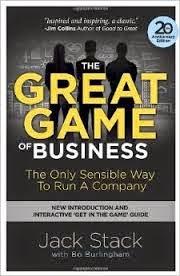When I speak about marketing I have a pretty simple definition. Marketing is anything that a company does, intentionally, to create leads to give to the sales department, whose job is to convert those leads into work for the company.
Included in marketing are both free public relations and paid advertising.
There are many things a company can do to get exposure outside of paid advertisements. These things include supporting events, sports teams, bands, or charitable causes. In fact, any public relation focus will work. Causing print, radio, television or social media to focus on the company as part of a human interest story or an announcement concerning a newsworthy event regarding the company will work.
Paid advertising not only includes commercials on television and radio or paid print advertisements and internet but also signage on trucks, uniforms, letterhead and information on hold.
The assets any company directs toward marketing are, of necessity, limited. While it is normal for a retail focused company to spend 8% or more of their gross revenue on marketing efforts, the service industry traditionally spends much less than half of that amount or, less that 4% of gross revenue.
In many service companies with whom I have worked it is not unusual to see 2% or even 1.5% as a marketing budget.
To make certain your marketing efforts are a good use of your money you need to track your current budget (to be sure you don’t overspend) and analyze the effectiveness of each marketing strategy.
A good way to track marketing effectiveness is to create a system which counts the number of:
- Leads – This should include any and all types of quality from –hot to not.
- Prospects – Includes where there is a presentation and a decision to buy is offered.
- Sold prospects – Work is performed and the company has been paid.
- Unsold leads –
- Those who purchased elsewhere and why.
- Those who have not yet purchased and why.
- Unsold prospects.
Those categories of leads should have the lead source or sources also listed.
You may find that a particular marketing effort may create a large number of leads but very few prospects and almost no sold prospects. Some believe that big display ads in the yellow pages or clicks on the internet are in the front of this category.
The final element that is needed to make measuring marketing effective is a consistent program of analysis.
At a minimum, quarterly marketing review meetings should be held where members of the team can confirm the wise decision of budged allocation or the need to change the way the company goes to market.
In two weeks – Tracking sales



